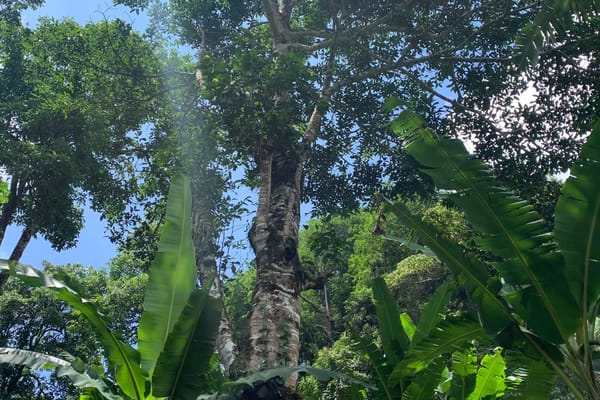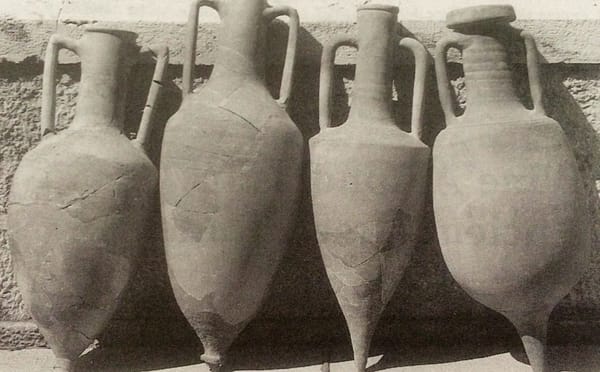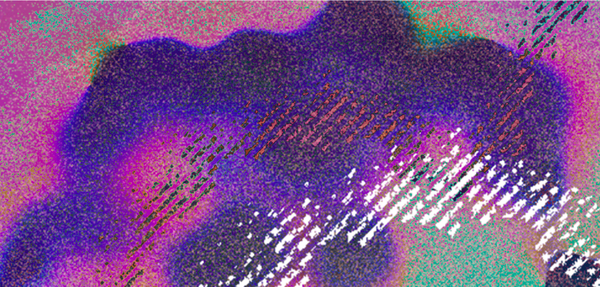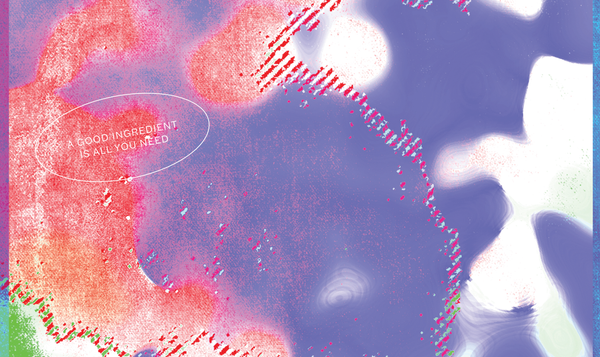July 2024 Subscription - on great expectations
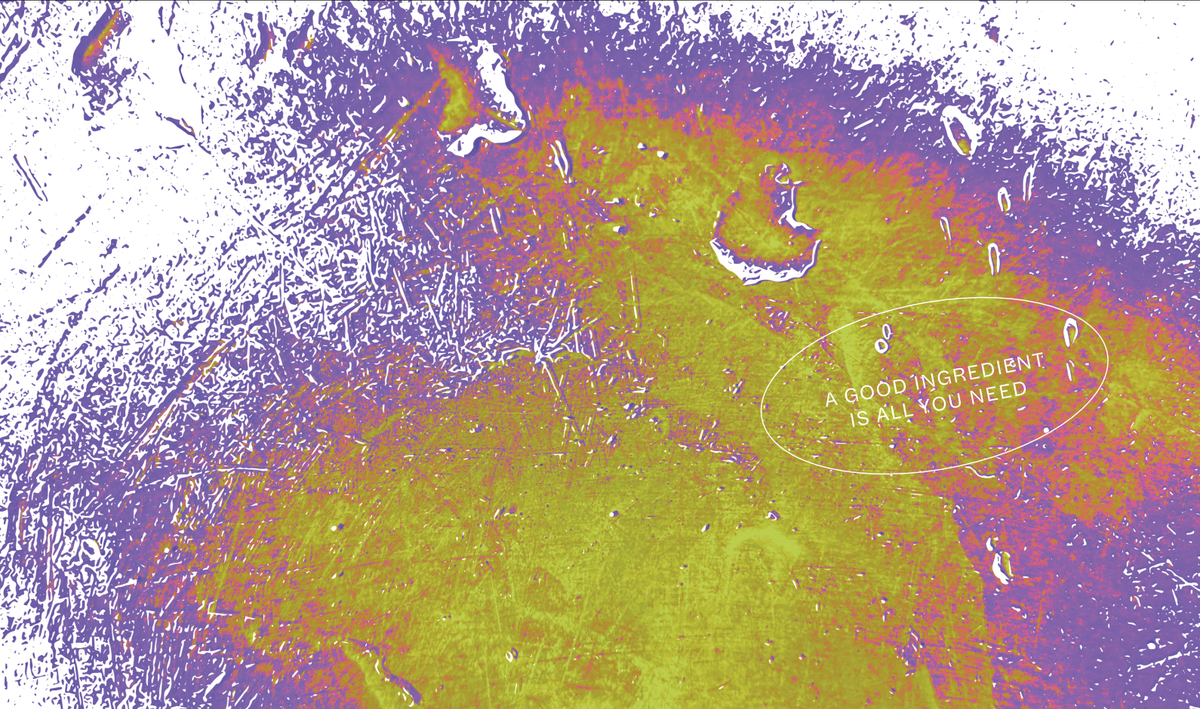
When I opened the Tyee this morning, an article about the nearly failed stone fruit harvest in BC stopped me cold. How could there be no peaches this summer? We take the annual stone fruit availability for granted here on the coast - First come cherries, then the tiny underripe apricots (pickle these), then the plumper, riper ones. Next, floral bursting peaches, and nectarines that seem to come directly from the suns rays - The very height of the summer. Then a pear crescendo ends the parade. Magically, all this bounty shows up at the Vancouver farmers market, and though we inherently know a lot of weather has to line up perfectly for this to happen, we still feel separate. The four hour drive traces the Fraser river before zig-zagging around mountains to the Okanagan Valley and the northernmost tip of the Sonora Desert at the US border. The magic is equally in the people who make this trip every week in the summer, full truck of perfectly ripe fruit in tow, to share fruit that can't make the long haul journey to a grocery store. No, this is far more delicate. Far more special.
So when I read what had happened in BC (not only for peaches, but also vines), I got pretty damn emotional. In BC's stone fruit case, it was early budding, quickly followed by a prolonged cold snap to -30℃ (-22℉) , sealing the fate of over 90% and in many cases over 99% of crops. The 2024 vintage for wine is experiencing a similar fate - Sending big vibes (hopefully big enough so as not to have a repeat of this past winter). Any peach or '22 vintage Nate and I taste this summer will be all the more cherished while we hope for a little more mercy next season.
All of this drove home for me the fact that agriculture is really *that* delicate. I mean, we all know inherently that it is, but there's nothing more sobering in the farmer's market sphere than the news of no peaches. And of course, coffee is not spared here. The box this month is a story in taste, one lot representing the present from Kirinyaga, a prolific region in Kenya that many coffee heads who've been around know is the Okanagan ripe peach of coffee. Not in its 'peach-ness', no , but more-so in the ability for coffee from this region to have big sticky fruit. For those newer to coffee (in the last five years), it's sort of what we think of Pink Bourbon today - SL28 and big blackberry Kenya lots of the 2010s were absolutely IT.
Today though, finding one of those big purple fruit lots from Nyeri or Kirinyaga is exceedingly rare. For the last 6-7 years we've been running Luna, we hadn't had a major issue finding what we were looking for (mainly, I think due to our small size and due to our connects being solid), but this is the first year we really came up against what the industry had been whispering about.
What changed in Kenya? Or perhaps, what stayed the same?
This past year, the coffee industry in Kenya has changed in a huge way. Namely, legislation around who is legally permitted to do what in the movement of coffee within the country. The reforms that came into law in late 2023 have “effectively terminated inputs, extension and certification support programs [to producers] that were previously provided by the de-licensed marketing agents.” It used to be that when a coffee has reached stage when it's been processed and dried, it can't yet be sold to a buyer. It first needs to be sent to a 'marketing agent' who is in charge of milling and essentially appraising a given coffee. This is before the role of export and before the coffee is bid on in the Nairobi Coffee Exchange. Yes it's a lot of steps. Yes folks like CMS and other marketing agents have no doubt given agronomic support and the like. On the other hand, these legislation changes, if done in good faith, were to help break up monopolies that had an outsized control over the movement and export of coffee. It's a cloud of change and the dust has not had a chance to settle yet.
The hope is it will mean more agency in the hands of growers (I really hope so!), but for this season, it's honestly been a mess and reminds me a whole lot of 2013 (there were sweeping changes over ten years ago that left the system confused and slow, but that's a story for another time).
Here are a few of the things that have changed this year as a result of the legislation:
Outturn week numbers on bags of green coffee no longer mean anything. It used to mean the week an outturn was delivered from the cooperative and milled in lockstep with the harvest week, followed by a code signifying who milled it, and lastly a lot reference number, so 17KE04653 would mean the coffee was delivered and milled on week 17 by the mill associated with KE and so on. Now, since coffees are going to different mills than they used to (since vertical integration in any form isn't allowed anymore), there is no longer that rule of thumb. You can't really know the age of the coffee related to the outturn week anymore since things are so backed up.
Logistical challenges at mills have meant outsized delays on getting coffees bought, export ready, and on the water.
The weather has also changed as it has nearly everywhere. This past harvest in Kenya was marked by long rains and super cold periods. In past years, intense drought and heat. What folks can count on for sure is erratic weather. Farmers in Kenya are typically much older - many well into their 60s. Also the farm activities themselves are done in a strictly calendar dependent way, but present times ask for weather dependant soil and plant inputs.
It used to be that the meme of 'tripping on the carpet onto the couch with popcorn bowl falling into your lap with Netflix automagically playing' was a meme congruent with Kenyan coffees - They were just going to be great. Inevitable. Fall onto the couch, look right, and there's another blackcurrant banger. You didn't have to do anything at all. Like the magnetism of delicious procrastination - A sure bet.
Those days are behind us now.
Kenya has been lucky with volcanic soil, plant choice (SLs etc), as well as the yields and how they dealt with high capacity issues resulting in processing kismet (with the second wash etc). But now, with yields cratering, and processing changing as a result, alongside soil degradation and now the confusion of sweeping logistics changes, and the chronic underpayment to and unethical financing for farmers at a systemic level, it's a mess.
Theres a lot to deal with before Kenya can have the small producer led renaissance it so deeply deserves.
But here's the thing - Coffee in Kenya can be so beautiful still. It's incumbent on the coffee industry to not give up on these folks. We'll see what the breakup of the conglomerates might bring. There might be a crack in the byzantine power structures and through it, younger producers can start to rewrite the script. An opportunity to rejuvenate how coffee is grown and traded.
Who can we look to for guidance and inspiration for what coffee can look like? Enter Colombia.
I've spoken a bunch on how much the coffee industry is loving and cheering on the folks in Huila, Colombia. There's so much to love - Small producers have agency, transparency, and its not uncommon for producers to be the ones to set the prices and not the other way around. It's obvious this is a better path for treating everyone involved in the coffee trade with respect and professionalism. It's also a better path for encouraging and rewarding excellence in coffee production. Look no further than the Lasso or Vergara kids (and many more to come). We have one last Pink Bourbon for the season with Faver Ninco's Finca Costa Rica to continue the fruit parade as yet another example of the excellence coming out of this region.
It's tough to be unflinching in telling you anything other than nice news, but what did Andrea Gibson say? 'the truth isn't hopeful, but the telling of it is'. Despite the present issues, it feels like theres emergent opportunity for producers in Kenya once these legislative changes shake out. I think it's ultimately a good thing and the incumbent monopolies are, well, being monopolies. For now, we thought putting Faver's coffee side by side with a lovely, but different example from Kamwangi in Kirinyaga was sort of a living poetry. Kamwangi is soft, black tea, mango and an important snapshot in the story of Kirinyaga, embedded with a hope of what's to come.
What is, what has been, what could be, woven together as the sub for this month.
Enjoy both, stay cool and see ya next time,
Laura & Nate
Luna is powered by Laura & Nate, two industry nerds from Vancouver, Canada. What you just read comes as a printed colour zine each month, alongside two coffees specifically sourced for subscribers. Join us next time!


